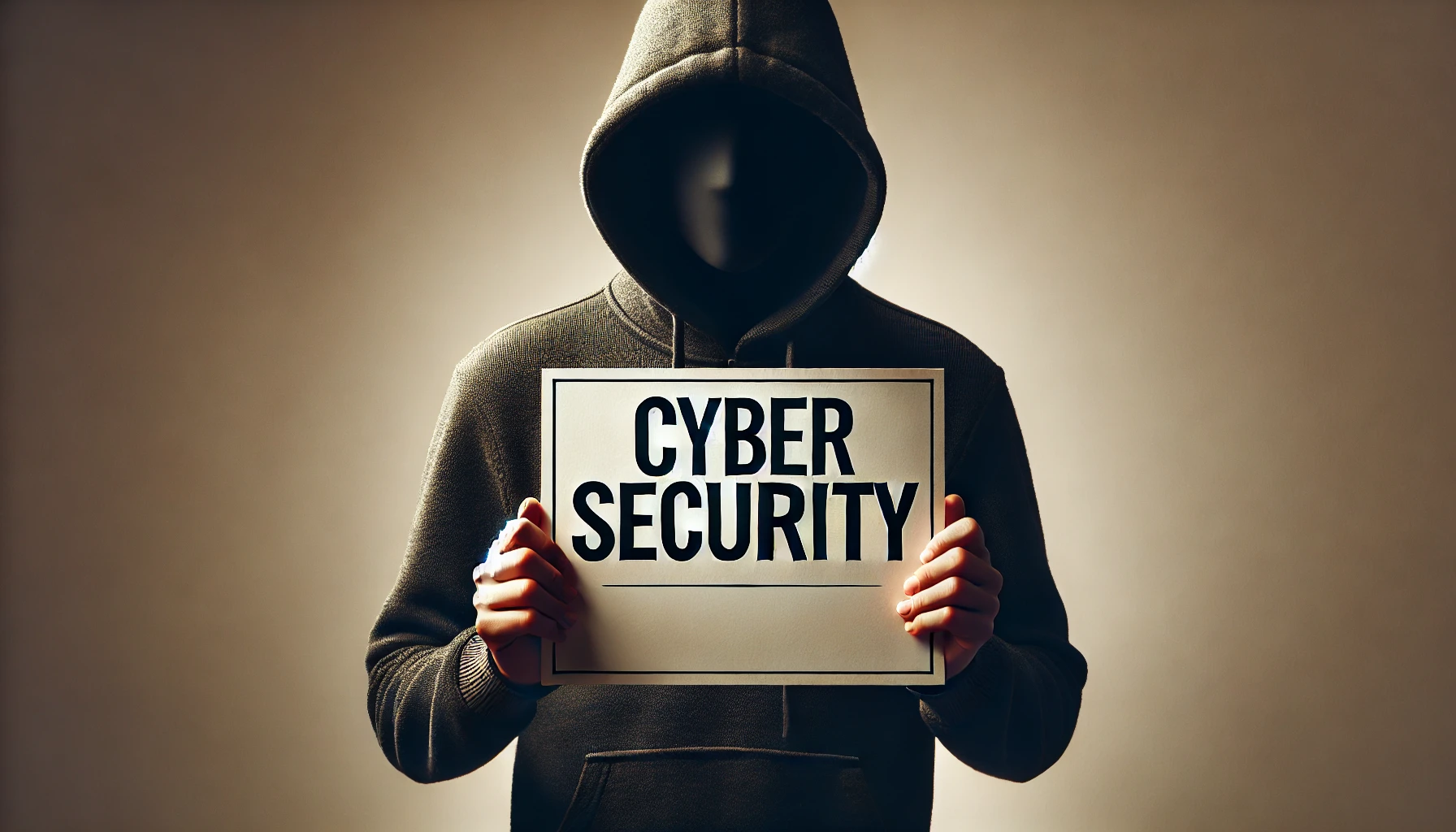What is Cybersecurity?
Cybersecurity refers to a collection of practices, technologies, and processes designed to protect systems, networks, and data from cyber attacks. As the world becomes increasingly digital, cybersecurity has become an essential component of any organization’s technological infrastructure. Its primary goal is to ensure the confidentiality, integrity, and availability of information, ensuring that data is accessible only to authorized individuals and remains unaltered or destroyed.

Importance of Cybersecurity
- Protection of Personal Data:
The amount of personal information shared online is immense. From banking details to medical records, cybersecurity plays a crucial role in safeguarding this sensitive data from unauthorized access and theft. Violating the privacy of personal data not only affects individuals but can also have legal repercussions for businesses. For example, a data breach could result in lawsuits or significant fines, leading to financial strain on the organization. - Prevention of Cyber Attacks:
Organizations face a variety of cyber threats, such as malware, phishing, ransomware, and DDoS (Denial of Service) attacks. Cybersecurity helps mitigate these risks by implementing various defense strategies. For example, antivirus and antimalware solutions protect against harmful software, while intrusion detection systems monitor network traffic to detect suspicious activities. By deploying these measures, businesses can identify vulnerabilities before they can be exploited by cybercriminals. - Customer Trust:
Companies that ensure the security of their customers’ data maintain their trust. A security breach can lead to customer loss and significant damage to a brand’s reputation. For instance, if a well-known company suffers a data breach, its customers may hesitate to share personal information in the future, impacting sales and customer retention. Transparency in privacy policies and data security is also essential for cultivating and maintaining customer loyalty. - Regulatory Compliance:
Many industries are subject to strict regulations regarding data security. Cybersecurity enables organizations to comply with these standards, thereby avoiding penalties and legal issues. For instance, regulations such as GDPR in Europe and HIPAA in the U.S. establish clear requirements for how data should be handled and protected. Non-compliance can result in hefty fines, making it imperative for organizations to stay informed about relevant laws and regulations. - Protection of Critical Infrastructure:
Sectors like energy, healthcare, and telecommunications rely on critical systems that, if compromised, could lead to severe societal consequences. Cybersecurity protects these vital systems, ensuring they continue to operate efficiently and securely. For example, a cyber attack on a hospital’s network could disrupt patient care, putting lives at risk. Therefore, robust cybersecurity measures are essential for maintaining the integrity of critical infrastructure.
Cybersecurity Strategies
- Multi-Factor Authentication:
This technique adds additional layers of security by requiring multiple forms of verification before accessing sensitive information. For example, in addition to a password, a user may need a code sent to their mobile phone. This extra step significantly reduces the likelihood of unauthorized access, as cybercriminals would need more than just a stolen password to breach an account. - Software Updates:
Keeping all systems and applications updated is essential for defending against known vulnerabilities. Updates often include security patches that fix flaws that could be exploited by attackers. Organizations should implement policies to ensure that updates are applied promptly and that employees are aware of the importance of this practice. - User Education:
Training employees on best security practices and how to recognize phishing attempts and other threats is vital. Most cyber attacks target users, so an informed workforce is a crucial first line of defense. Regular training sessions and simulations can help employees identify suspicious emails and avoid falling victim to scams. - Monitoring and Incident Response:
Implementing constant monitoring and having an incident response plan can help detect and mitigate attacks effectively. This includes creating an incident response team prepared to act quickly in the face of any threat. By having clear protocols in place, organizations can minimize damage and restore operations swiftly after a security breach. - Data Backup:
Regularly backing up data is essential for protecting against data loss due to cyber attacks. In the event of a ransomware attack, having up-to-date backups allows organizations to restore their systems without paying the ransom. Backups should be stored securely, preferably in multiple locations, to ensure their availability in case of an incident.
The Evolving Cyber Threat Landscape
As technology continues to advance, so too do the tactics employed by cybercriminals. Emerging threats such as artificial intelligence-driven attacks and advanced persistent threats (APTs) present new challenges for cybersecurity. Organizations must remain vigilant and adapt their security measures to counter these evolving threats.
- AI and Machine Learning:
Cybercriminals are increasingly utilizing artificial intelligence and machine learning to enhance their attacks. For instance, AI can automate the process of discovering vulnerabilities in software, making attacks more efficient and targeted. As a result, organizations must invest in AI-driven cybersecurity solutions to stay one step ahead of potential threats. - Internet of Things (IoT) Vulnerabilities:
The proliferation of IoT devices introduces additional security challenges. Many IoT devices lack robust security measures, making them prime targets for cyber attacks. Organizations must implement strict security protocols for these devices, including regular updates and monitoring, to protect their networks from potential breaches. - Cloud Security:
As more organizations migrate to cloud services, ensuring the security of cloud-based data becomes paramount. Cybersecurity measures must extend to cloud environments, with an emphasis on data encryption, access controls, and compliance with regulations. Organizations should choose reputable cloud service providers with strong security practices to minimize risks.
Conclusion
Cybersecurity is more than just a technical necessity; it is an essential component of business strategy in today’s digital world. With the increasing sophistication of cyber threats, both individuals and organizations must adopt a proactive approach to protecting their information. By implementing strong cybersecurity practices, it is possible to prevent attacks and safeguard valuable data.
Investing in cybersecurity not only protects sensitive information but also enhances the overall resilience of organizations against cyber threats. In a world where cyber attacks are becoming more common and sophisticated, prioritizing cybersecurity is not just a choice but a necessity. By staying informed and proactive, businesses can secure their digital assets and build a safer online environment for everyone.esting in cybersecurity not only protects organizations but also benefits customers and society at large.
For more information on cybersecurity and its significance, you can refer to trusted resources like the Cybersecurity & Infrastructure Security Agency (CISA) and Norton.


